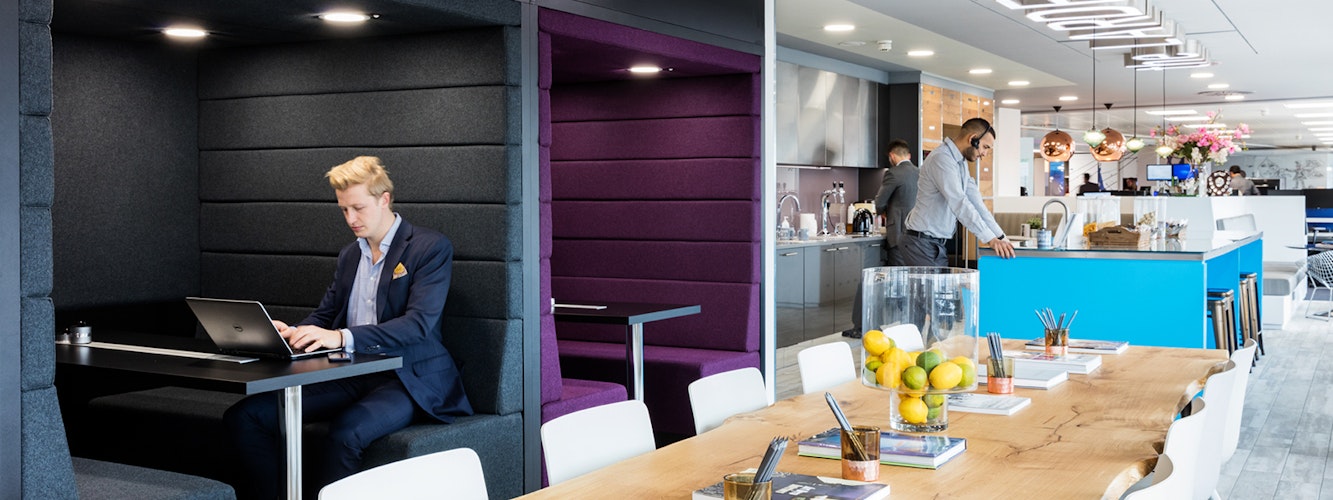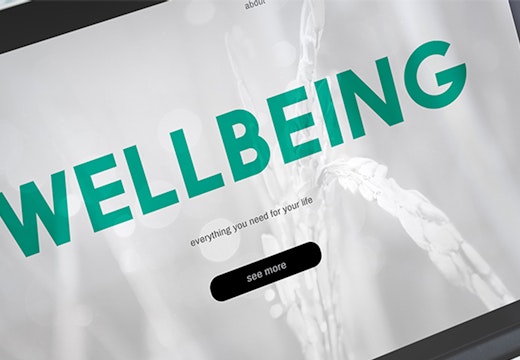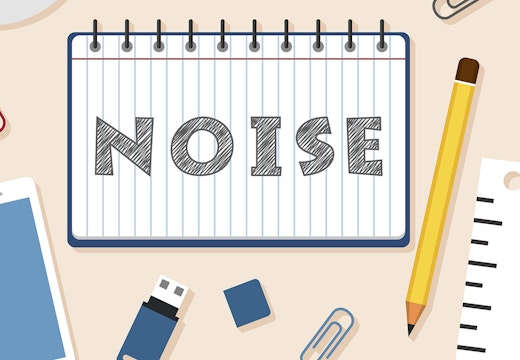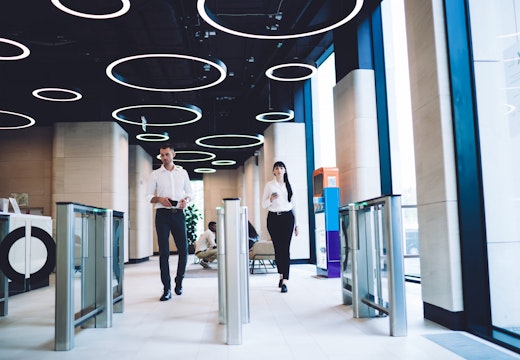Agile working and ergonomics: getting the balance right
New ways of working that unchain employees from sitting at a fixed desk all day require a rethink in the approach to ergonomics
In the past, when everyone in an office would work from a fixed desk, it was easier to define regulations and legislation to keep workers comfortable and healthy during their 9-5 day.
An average working day in a standard office would see Mr A. Typical arrive at the office for his 9am start, sit down to his desk decorated with a photo of wife and three kids, log-on to his PC and stay there for the majority of the day leaving only for occasional bathroom breaks. Even lunch would be eaten at the desk.
In 1992, the Display Screen Equipment Regulations were introduced to cover the posture and wellbeing of people working at these static workstations. This was the norm when they were introduced over 24 years ago, and they remain the principle piece of official guidance on the topic.
But office design has changed substantially over the years, and now Mr A. Typical is not so typical anymore. Mr A. Gile-Working is more likely to work in an open-plan office in 2016, with hot-desking a common occurrence for him and his colleagues.
Explore new settings
As new ways of working develop, so should the consideration of ergonomics and keeping people comfortable during their time in the office. Employers should of course continue to provide a range of ergonomic furniture, but this must be teamed with the opportunity to explore a variety of working environments that can help workers remain comfortable and safe, and so maintain health and wellbeing.
Staff can be encouraged to take regular breaks with the use of coffee points that incorporate a range of furniture; from casual seating to standing-height tables for quick catch-ups. Flexible furniture such as moveable flip-top table systems with castors, high backed sofas that encourage team collaboration sessions and private furniture booths for individual work all encourage movement and a change of scene.
Ergonomics is far more than simply providing the appropriate furniture and training to sit correctly, it’s about the wider space in which we work.
Establishing an agile workspace can help create a culture which assists occupants in adapting to the physical and psychological aspects of the environment is the very definition of good ergonomics.








